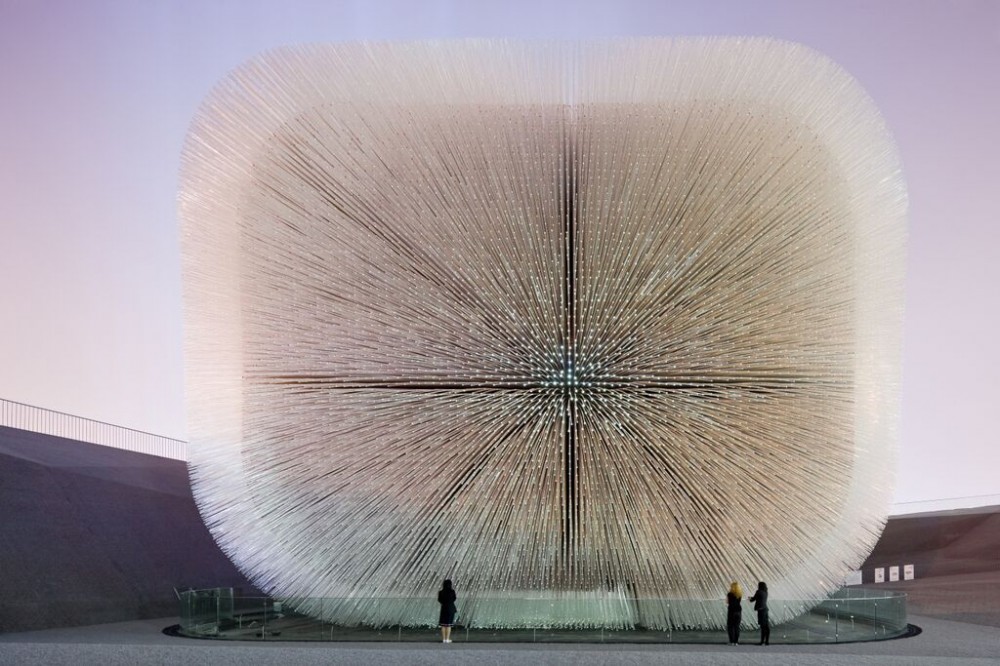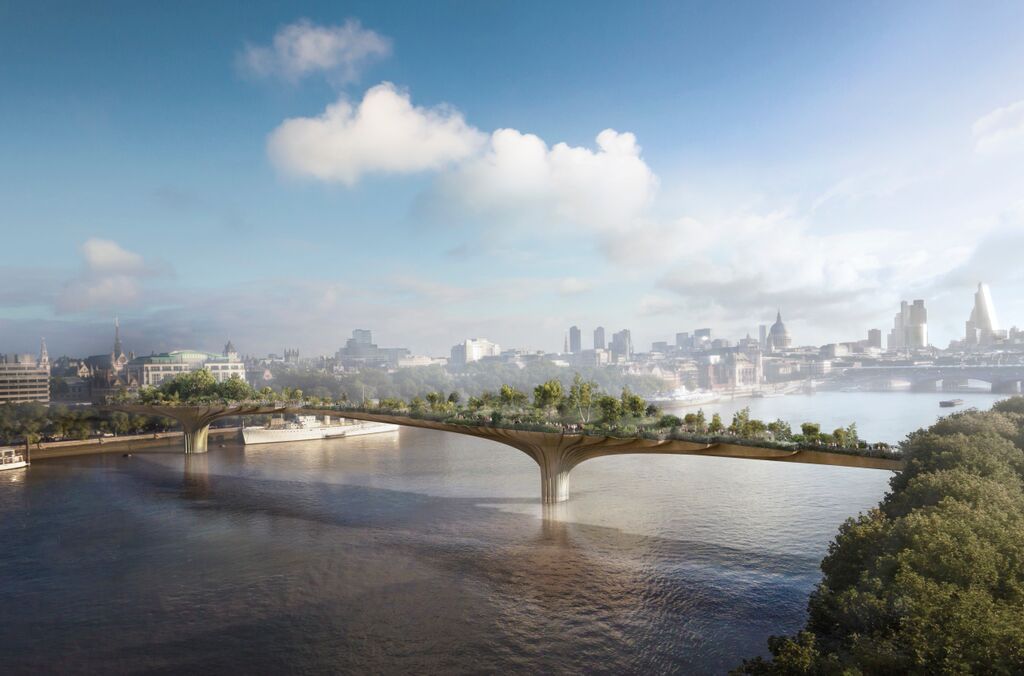Heatherwick and his design firm, Heatherwick Studio, were the masterminds behind such projects as the London 2012 Olympic Cauldron, the UK Pavilion at the 2010 Shanghai World Expo, and a re-imagining of London’s famous red double-decker bus. Hong Kong was recently treated to an exhibition that charted 20 years of the studio’s work – a manifestation of how ideas are the real backbone of iconic design that transcends culture and time. The exhibition also touched down in Beijing and Shanghai before it’s last stop in our city from September 5 to 23. Not paying a visit to London anytime soon? You can still feast your eyes on his local projects – the interiors of Pacific Place and The Upper House hotel.
We caught Heatherwick while he was in town for the exhibition opening to ask him about some of his best-known works.
London’s revamped double decker bus
That project came about not from a romantic perspective at all. The last time the bus was especially designed for London was 55 years ago. In the ensuing years, London changed, our society changed, many new regulations came in, and there was no design team calibrating those things to work together. For example, there had been a new regulation about lighting. The buses originally had beautiful lighting, but suddenly the lighting became like a battery chicken farm. Fluorescent tubes make your girlfriend look bad to you, and you look bad to your girlfriend. It’s not flattering on human skin tissue. There was also a new regulation to do with hand poles and contrast levels, and that’s why the hand poles were all in nuclear yellow. One by one, all these incremental things added up to a cacophonic experience for the passenger.
Our bus needed to use 40% less energy. There was also a need to make it very lightweight. To achieve that, we needed to use composites, which were forms of fibreglass. We had to work out ways to make that not feel like you’re surrounded by plastic. Part of the brief was also to make sure that passengers can’t kill the driver with a samurai sword, and things like that. I’ll never forget that brief.
Image by Iwan Baan

The UK Pavilion at the 2010 Shanghai World Expo
We were given the job to represent Britain, but it was most people’s idea of a nightmare. The biggest ever expo with a million people there every day, in the very hot Shanghai summer heat and humidity. For a person to see all 250 pavilions, if each pavilion a three to four hour queue, it would involve being there for five months. Most humans might go for one day or two days.
The British government had given us the brief that we had to be in the top five, but they gave us half the budget of the other Western nations. If a visitor has to make a selection among 250 pavilions and pick which five they’re willing to queue for hours to see – that became the interesting thing to us. If you’ve got half the budget, how do you make that choice go towards you? If we were cheesy and showed tea bags and Sherlock Holmes and everything you would expect, it would be cliche. It doesn’t communicate that some of the most extraordinary scientific and creative work happens in Britain and that people from all over the world base themselves there. We were just trying to better reflect that. We also needed something extreme to refresh your eye when your eye’s exhausted. Our structure was the most ridiculous object at the expo, but also the most serious. It was the most biodiverse point in Asia, with a quarter of a million different seed species.
Image by Iwan Baan

The Garden Bridge
In our cities, projects tend to be bigger and bigger. However fantastic a designer is, whether someone is using silicone or glass or aluminium or stone, if a building is 400m long, you need a break. Horticulture can be a time out from it all. The Garden Bridge project [a proposed pedestrian bridge to cross the river Thames] was an idea that I thought was extraordinary. It’s making the kind of garden that doesn’t exist anywhere free to the public in Britain.
Where’s the best place to see a city from? The best place to step back and see the city is the middle of the river. But there are major roads [in existing bridges] with people squished to the edge. Has anyone ever asked you to meet them in the middle of Waterloo Bridge or Blackfriars Bridge? No one has ever asked me. Because it’s not a place. Garden Bridge creates a place, which is the drive within the project. We’re due to start construction January or February next year.
Image courtesy of Arup

The post Profile: Thomas Heatherwick appeared first on Home Journal.






